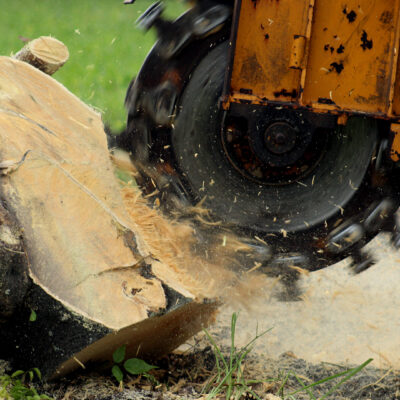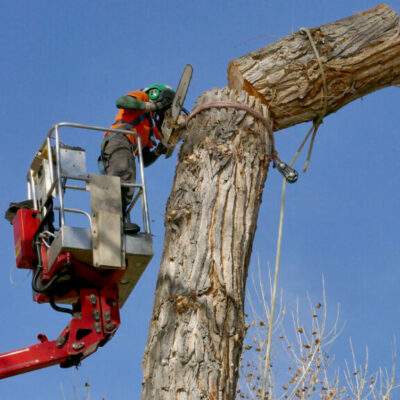Bacterial Blight of Lilac
Bacterial blight of lilac, caused by the bacterium Pseudomonas syringae, is a destructive disease that affects lilac plants, causing leaf spots, twig dieback, and cankers. This disease can be prevalent in wet, humid weather conditions, and it can lead to severe damage to lilac plants.
The first signs of bacterial blight in lilacs are small, water-soaked spots on leaves, which can appear on both the upper and lower surfaces of the leaves. As the disease progresses, these spots enlarge and turn brown, and eventually, the leaves wilt, die and drop off the plant. The disease can also infect the stems and branches, causing them to turn brown and die back. Severely infected plants may show cankers on their stems or branches, which can girdle and kill the plant.
Bacterial blight of lilac can be spread through splashing water, insects, and contaminated pruning tools. It can also overwinter in infected plant debris and soil. Once a plant is infected with the bacterium, it can spread rapidly throughout the plant and to other plants in the vicinity.
Control of bacterial blight of lilac involves removing infected plant debris and using proper pruning techniques to avoid spreading the disease. Chemical control may also be necessary, and copper-based fungicides have been shown to be effective in controlling the disease. Additionally, avoiding overhead irrigation and providing good air circulation around plants can reduce the likelihood of infection.
Preventing the disease is the most effective management strategy for bacterial blight of lilac. Planting disease-resistant cultivars of lilac and maintaining good cultural practices, such as proper watering and fertilization, can help to prevent infection. It is also important to purchase plants from reputable nurseries to avoid introducing infected plants into the landscape.





